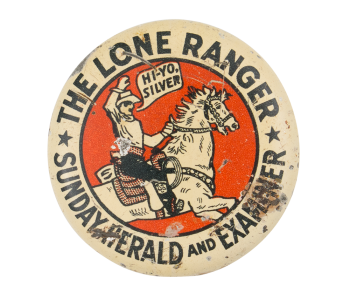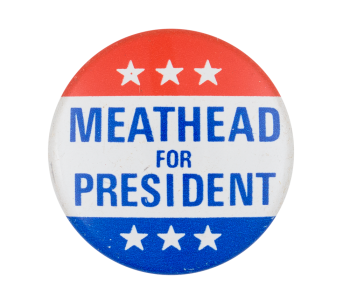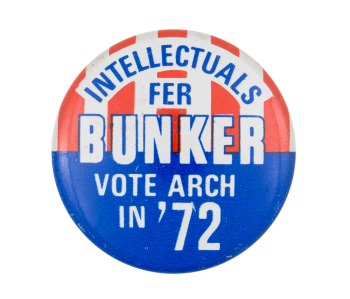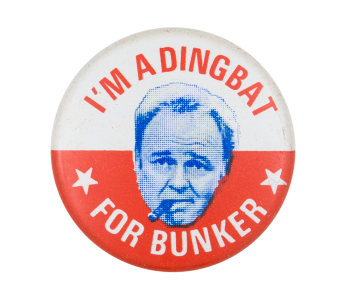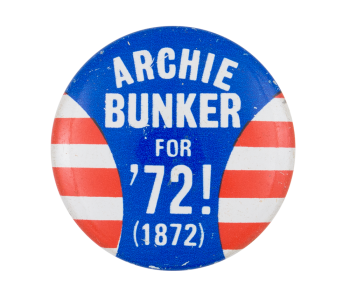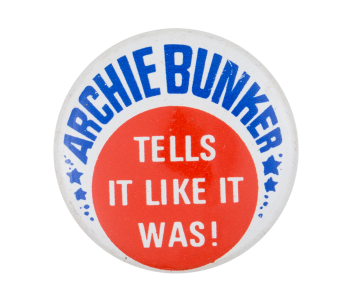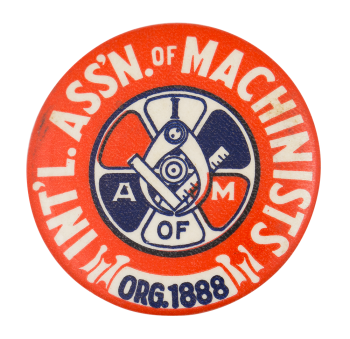I Love A.I.P.
| Category | |
|---|---|
| Additional Images | |
| Sub Categories | |
| Text on Button | I ♥ A.I.P. |
| Image Description | Blue text and a red heart on a white background |
| Curl Text | AIP BX 3737 SIM CA93063 |
| Back Style | |
| The Shape | |
| The Size | |
| Additional Information | A.I.P. is likely referring to the American Independent Party, a far-right political party organized on July 8, 1967 at a convention in Bakersfield, California. The AIP was created to support Alabama Governor George C. Wallace in his efforts to run for president in the 1968 presidential election. The goal of the party is to support "limited constitutional government, with emphasis on the rights of the several states to govern their own local affairs and educational systems without federal bureaucratic or court interference." The AIP has had presidential and vice-presidential candidates on the ballot since its inception, however the party officially split in 1976 into the more moderate American Party and highly-conservative Constitution Party. The party faced further leadership strife in 2007. This is a variation of the "I heart NY" logo that was created in 1977 by Milton Glaser for an ad campaign created by advertising agency Wells Rich Greene. The marketing campaign was sought by then-Deputy Commissioner William S. Doyle to increase tourism in the state of New York. The campaign was a wild success. The original sketch of the logo is permanently on display at the MOMA. The logo has become iconic in pop-culture and has been imitated in many forms around the world. |
| Sources |
American Independent Party. (n.d.). History of the American Independent Party. http://www.aipca.org/history.html |
| Catalog ID | IL0027 |





